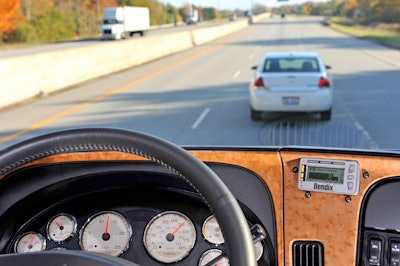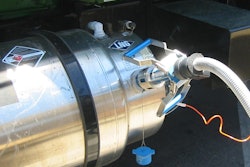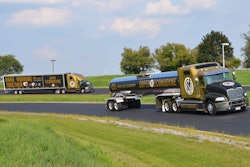
Drivers should avoid excessive warm-up times when starting the truck, even for a short time. Look for other times when drivers have a habit of idling.
Use shorepower when it’s available.
Many inverters and auxiliary power units come with a plug-in option that converts incoming current to DC to charge the batteries, using AC to power climate-control units and/or in-cab accessories. The truckstop electrification movement to help eliminate idling has gained steam in the last year, with plug-in options available at many more parking spaces.
Avoid revving the engine between shifts.
Ease into each new gear, and don’t be in a hurry to climb through them.
Run in your engine’s sweet spot.
Once you reach cruising speed, operating in the peak torque zone gives you optimum horsepower so that the engine runs most efficiently. It takes only about 200 horsepower to maintain 65 mph.
Minimize air-conditioning use.
Running the A/C delivers a 2/10- to 4/10-mpg hit.
Anticipate traffic lights.
If you can approach slowly and avoid a complete stop, it saves fuel and reduces equipment wear.
Maintain an extended following distance.
It helps to prevent unnecessary acceleration due to frequent braking.
Lower your average highway speed.
Every mph over 55 equals a 0.1-mpg drop in fuel economy.
Don’t punch the throttle.
Gradually put your foot into it, pretending there’s an egg between the pedal and the floorboard. Use smooth, steady accelerator inputs to avoid fuel burn spikes.
Maximize use of cruise control.
That enables you to avoid wasteful throttle use to climb hills.
Use truckstops atop hills.
Driving uphill toward the truckstop allows natural deceleration, and going downhill to re-enter the highway requires less fuel.
Avoid needless acceleration when not on cruise.
Don’t hit the throttle too much when approaching the hill’s crest. Instead, lay off the throttle and let the truck’s momentum carry it over. Watch the boost gauge for an exact read of what you’re doing.











